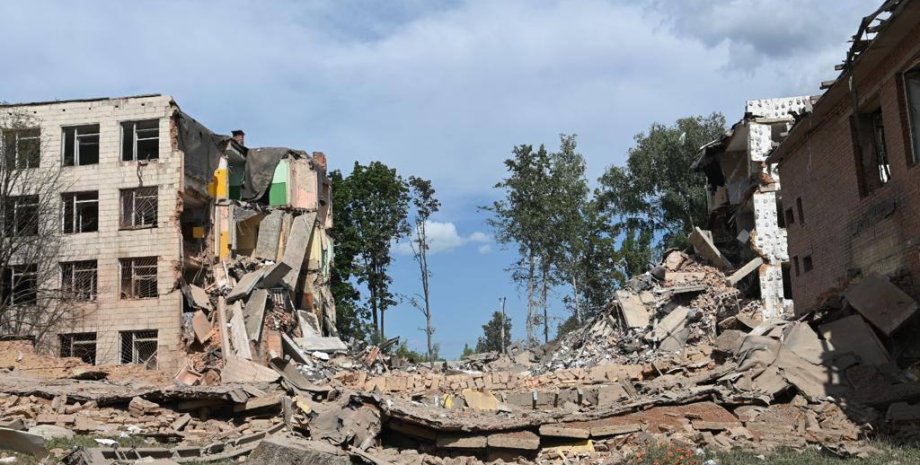
An error found, according to the researchers with the PRC, can lead to inevitably incorrect results during the analysis of high -temperature ablation (ablation - removal of mass from the surface of a solid body by a flow of hot gases that flows this surface, or, more generally, removal or destruction of the material 'Ectus by evaporation, - ed. ).
The disadvantage was found in an equation written for Vulcan-CFD, which is used to describe changes in the concentration of various chemical components, such as oxygen and nitrogen, in high-temperature gas mixtures. This equation does not take into account the mixing and movement of components caused by small -scale turbulence when the temperature changes or fluctuates rapidly.
Due to the complexity of hypersonic aerodynamics, some small -scale movements can be ignored by developers due to lack of understanding or too difficult to solve calculations.
The Chinese team stated that the lack of attention of NASA to this part has led to the inability of software (software) to predict the chemical composition and temperature changes on the surface of the aircraft or rocket, which can significantly affect the simulation, projection or analysis of the work that rests on the software.
When the velocity of the aircraft exceeds 5 strokes (6125 km/h), intense friction with air generates high temperatures that can ionize air molecules and spark chemical reactions. These complex reactions can destroy the surface of the aircraft or hypersonic rocket and change the temperature or density of the ambient air. Inaccuracies in the modeling data can have serious consequences for the characteristics and safety of the aircraft or projectile.
The Vulcan-CFD software developed by NASA Research Center in Langle is subject to export control and should not leave the US borders. But Chinese researchers still learned about it and used information from a scientific article published in 2020, in which a team of American developers presented the principles of software and some of the key equations they used. The main problem faced by American engineers is the management of extremely high temperatures that affect rockets.
"Protecting the sensitive electronics of hypersonic missiles, understanding the work of various materials and predicting aerodynamics at temperatures up to 1648 degrees Celsius require large flight tests. The tests are ongoing, but failures in recent years have delayed progress," Chinese experts said, commenting on failures.
NASA scientists and engineers have conducted many innovative research and flight tests, but in recent years the industry has suffered from constant budget abbreviations and "brain leakage". For example, JPL dismissed 530 employees in February 2024 against the background of funding uncertainty. Earlier, we wrote that the Pentagon presented the supersonic apparatus Quarterhorse MK1.










All rights reserved IN-Ukraine.info - 2022